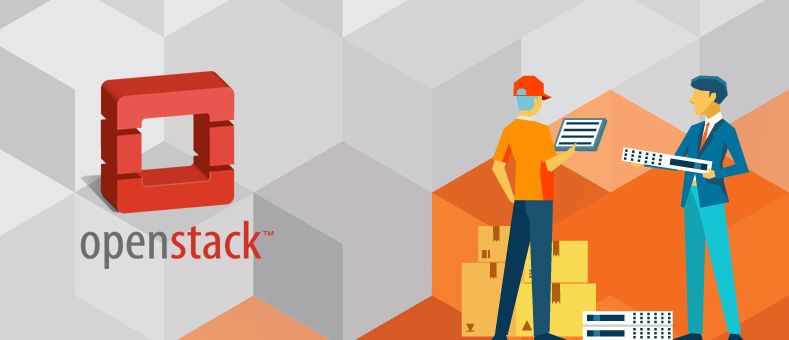
Most smart companies are finally past the point of trying to understand why they should move to the cloud. The advantages have become obvious, with economy, scalability, speed, flexibility and redundancy among the most important.
A business which has made the decision to embrace the cloud, however, still has another big question to answer: how do you build and manage your cloud, if you don’t want to spend huge money for a branded enterprise solution? The solution which is becoming obvious to many IT managers is OpenStack.
The basic answer to the question “What is OpenStack?” is that it’s an open-source platform which can build and then control either public or private clouds. The more complete answer, though, isn’t quite that simple. Here’s our down-and-dirty look at OpenStack, which we’ll call OpenStack 101.
What Is OpenStack: The Real Story
The most important thing to know about OpenStack is that it isn’t a unified piece of software like paid products such as VMTurbo. It is a platform comprised of many different components which work together
About five years ago, NASA and the cloud computing company Rackspace collaborated on a free, open-source cloud management system known as Nova; the storage was the responsibility of Rackspace, while NASA handled the “software” angle. Nova lives on as the core component of OpenStack, in charge of managing resources on the virtual machines which make up the cloud. It’s so powerful because it is not a hypervisor, but supports a number of different virtualization technologies (including Hyper-V); it also supports multiple web interfaces, developer APIs and can scale horizontally.
OpenStack requires many other components in order to function. They include Neutron for networking, Cinder and Swift for storage, Glance for imaging drives and virtual machines, Keystone for access management, and Horizon to provide the graphical interface for users. Other projects are just out or in development, including Sahara (to handle big data), Heat (which will allow automatic configuration of virtual hardware), Ironic (for management of bare-metal servers), Trove (a relational database service) and Macaroni (a messaging service). The entire package is updated twice a year.
You may be saying, “The free, open-source part sounds great. But that sounds way too disjointed and confusing.” Well, here’s the good news: there are ways to install or make use of all of OpenStack’s elements without having to go step-by-step (although many sys admins may want to do just that, in order to be familiar with exactly what’s under the hood). The free choice, OpenStack Autopilot, handles OpenStack deployment and management but unfortunately is only available with Ubuntu. There are also a number of turnkey, paid alternatives to the do-it-yourself mode, including utilizing the services of managed public or private cloud hosting providers, or having an OpenStack service built for you in your data center.
If you choose to do your own installation, OpenStack offers a huge documentation library, along with guides for deployment on Ubuntu, RedHat, CentOS, openSUSE and SUSE Enterprise, with one for Debian on the way. They also have DevStack available as an option for a local development environment.
Is OpenStack A Viable Solution?
Absolutely. Major corporations like BMW, AT&T, eBay, Disney, Wells Fargo and Walmart already utilize OpenStack for some or all of their cloud operations. And the latest OpenStack summit had nearly 5,000 attendees, with about one-third of the Fortune 100, five of the nation’s seven biggest telecommunications companies and six of the country’s top eight commcercial banks represented. Like the cloud, OpenStack isn’t just coming. It’s here.